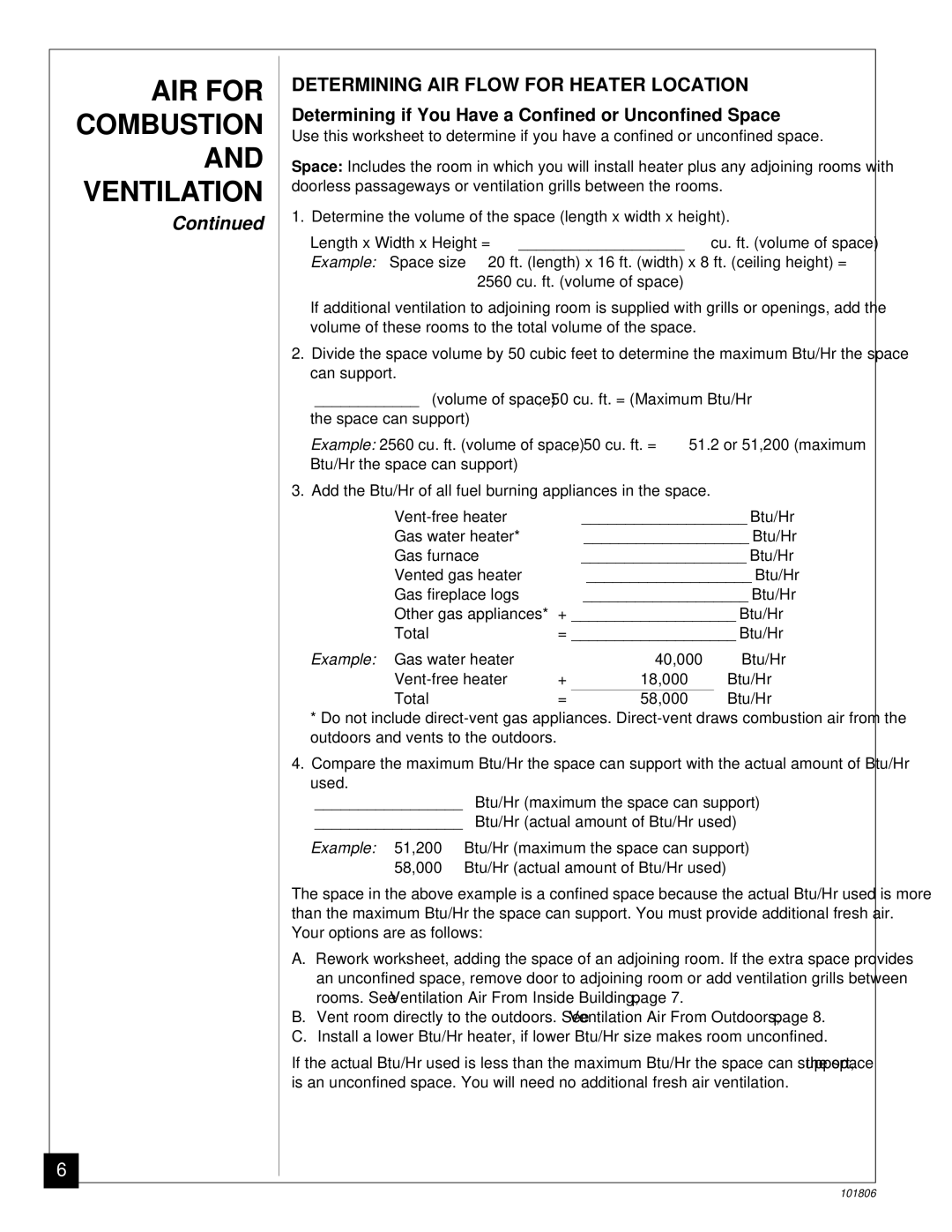CGN18C, RN30C specifications
Desa RN30C and CGN18C are two innovative and efficient models that embody the latest advancements in design and functionality, making them stand out in their respective markets.The Desa RN30C is primarily recognized for its exceptional performance as a heating solution. With its sleek, modern design, it seamlessly integrates into various settings, whether residential or commercial. This model boasts a high-efficiency rating, ensuring that energy consumption is minimized while providing optimal heating. One of the main features of RN30C is its advanced thermostat control system, which allows users to maintain consistent temperatures effortlessly. Additionally, the RN30C is equipped with a safety shut-off feature that provides peace of mind while using the unit in different environments.
On the other hand, the CGN18C model is recognized for its versatility and capabilities in the realm of cooling systems. Like the RN30C, it features an attractive design, which enhances the aesthetic appeal of any space it occupies. The CGN18C comes with smart technology integration, allowing users to operate the cooling system remotely via smartphone applications. This level of convenience is a significant draw for tech-savvy consumers who prioritize efficiency and ease of use. Furthermore, the CGN18C is designed with energy-saving features, including a programmable timer and eco-mode, to minimize energy costs without sacrificing performance.
Both models incorporate cutting-edge technologies, such as inverter technology, which significantly reduces energy consumption while providing quick and consistent temperature adjustments. They are also compliant with current environmental standards, emphasizing eco-friendliness in their design and operation.
One of the most appealing characteristics of both the RN30C and CGN18C is their durability. Made from high-quality materials, they are built to withstand the test of time, ensuring long-term reliability. Consumers seeking modern heating and cooling solutions will find these models meet the demands of contemporary life, delivering performance, sustainability, and innovation.
In summary, Desa RN30C and CGN18C represent the pinnacle of efficiency and technological advancement, making them ideal choices for anyone looking to upgrade their heating and cooling systems. Their modern features and eco-friendly design showcase a commitment to quality and customer satisfaction that is hard to match.

